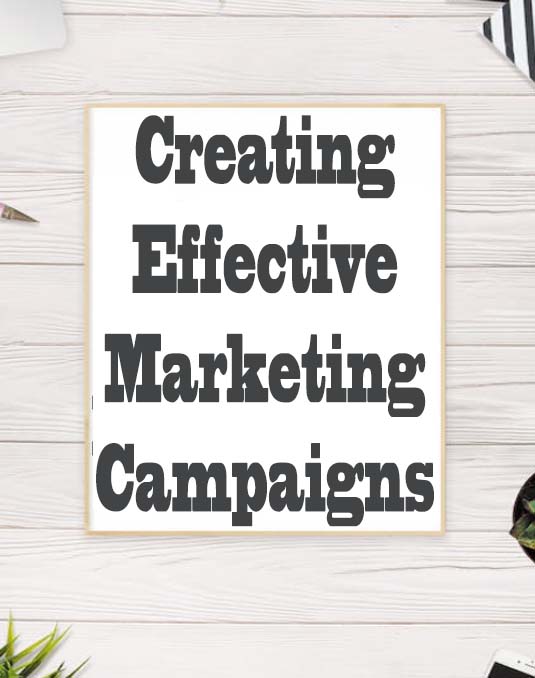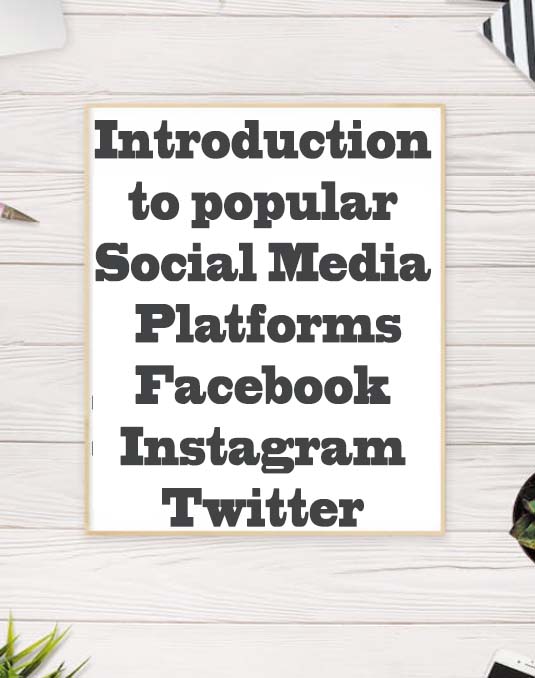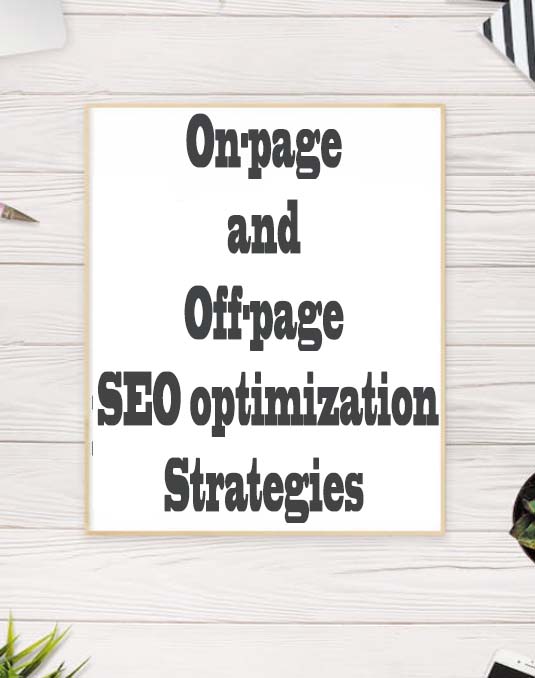
User-Generated Content (UGC) has become a cornerstone of modern marketing strategies. It’s no surprise that businesses are increasingly turning to UGC to enhance their email marketing efforts. This type of content, created by customers and fans, often carries an authenticity that traditional marketing messages can't match. But how can businesses measure the impact of UGC on their email campaigns? Understanding the effectiveness of UGC requires careful tracking of specific metrics that indicate whether this content is driving the desired outcomes. This blog will guide you through the process of measuring the impact of UGC in your email marketing efforts, focusing on key metrics such as open rates, click-through rates, and conversions.
By the end of this article, you'll have a clear understanding of how to assess the effectiveness of UGC and why it’s a powerful tool in the arsenal of any New York digital marketing company.
Understanding the Role of UGC in Email Marketing
User-Generated Content (UGC) is any content created by your audience, rather than by your brand. This can include anything from social media posts and photos to reviews and testimonials. When incorporated into email marketing, UGC can create a more personalized and engaging experience for your subscribers. Unlike traditional marketing content, which is crafted by marketers to promote a product or service, UGC often feels more genuine and trustworthy. It’s content that comes directly from your customers, who are sharing their real experiences and opinions.
Incorporating UGC into your email campaigns can have a significant impact on engagement rates. When subscribers see content from real people, they're more likely to connect with it and take action. For instance, a glowing review from a satisfied customer can be far more persuasive than a standard marketing message. This is why a digital marketing agency in New York emphasizes the importance of integrating UGC into email campaigns, particularly in a market as competitive as New York. UGC helps build a sense of community and trust around your brand, making your email marketing efforts more effective overall.
Key Metrics for Measuring the Effectiveness of UGC in Email Campaigns
To truly understand the impact of UGC in your email marketing, you need to track specific metrics that indicate how well your campaigns are performing. The first metric to consider is the open rate. The open rate measures how many recipients actually open your emails. When you include UGC in your email subject lines or previews, you may notice an increase in open rates because the content is perceived as more relatable and authentic. Subscribers might be more curious to see what others are saying about your brand, leading them to open your emails more frequently.
Another critical metric is the click-through rate (CTR), which measures the percentage of recipients who click on links within your email. UGC can positively influence your CTR by providing engaging content that encourages recipients to learn more about your products or services. For example, if your email includes a customer testimonial with a link to a product page, a compelling story can drive more clicks. This is an area where any internet marketing company would focus, as increasing CTR is essential for driving traffic and ultimately conversions.
Finally, conversion rates are perhaps the most important metric to track. Conversion rates measure the percentage of recipients who complete a desired action, such as making a purchase, after interacting with your email. UGC can significantly impact conversion rates by building trust and credibility. When potential customers see that others have had positive experiences with your brand, they’re more likely to take the plunge and convert. Monitoring these metrics regularly allows you to gauge the effectiveness of UGC in your email marketing campaigns and make adjustments as needed.
How UGC Influences Email Campaign Performance
The influence of UGC on email campaign performance is undeniable. When UGC is strategically integrated into your emails, it can lead to higher engagement and stronger connections with your audience. One of the primary ways UGC impacts performance is by increasing subscriber trust. Consumers are naturally more inclined to trust content that comes from their peers rather than from brands themselves. This trust can translate into higher engagement rates, as subscribers are more likely to interact with content that resonates with their own experiences and interests.
Moreover, UGC can enhance the storytelling aspect of your email marketing. By incorporating real-life stories and testimonials into your emails, you create a narrative that your audience can relate to. This narrative can be particularly powerful when it comes from real customers who share their journeys with your products or services. For example, a heartfelt story about how your product made a difference in someone's life can capture attention and drive engagement.
UGC also plays a significant role in increasing customer loyalty. When customers see their content featured in your emails, they feel valued and recognized. This recognition can lead to stronger brand loyalty and a deeper connection with your brand. Loyal customers are more likely to open your emails, click on your links, and make repeat purchases. Over time, this can lead to a more engaged and dedicated customer base, which is invaluable for long-term business success. The combination of trust, storytelling, and loyalty makes UGC a powerful tool in driving email campaign performance.
Key Metrics for Measuring UGC Effectiveness
To evaluate the effectiveness of UGC in your email marketing, it’s crucial to focus on several key metrics. Open rates, for example, indicate how well your subject lines and preheader text are performing. UGC can play a significant role in improving open rates by making your emails more appealing and relevant to the recipients. When subject lines include mentions of customer experiences or reviews, they are more likely to grab attention and encourage opens.
Click-through rates (CTR) are another important metric to consider. This measures how often recipients click on links within your emails, indicating how engaging your content is. UGC can enhance CTR by providing content that captures interest and prompts action. For instance, if your email features a compelling customer testimonial or a success story, recipients may be more inclined to click through to learn more about the product or service. Tracking CTR allows you to assess how effectively UGC is driving engagement and guiding your audience toward desired actions.
Conversions, or the ultimate goal of your email campaigns, are the final metric to evaluate. UGC can positively influence conversions by building trust and credibility. When potential customers see positive feedback from their peers, they are more likely to make a purchase or sign up for your services. By measuring conversions, you can determine how well UGC contributes to achieving your campaign goals and generating tangible results.
Tools and Techniques for Tracking UGC Performance
Accurate tracking of UGC performance requires the right tools and techniques. Many email marketing platforms offer built-in analytics that can help you monitor key metrics such as open rates, CTR, and conversions. These tools provide valuable insights into how your UGC is performing and allow you to make data-driven decisions.
A leading New York digital marketing company is using these analytics tools to track the success of their UGC-driven email campaigns. By analyzing the data, they can identify trends, measure the impact of different types of UGC, and refine their strategies accordingly. Additionally, integrating tools like Google Analytics can offer a broader view of how UGC influences overall marketing performance, beyond just email metrics.
Best practices for tracking UGC performance include setting clear objectives for what you want to achieve with your email campaigns, using A/B testing to compare different UGC elements, and regularly reviewing your analytics data. By following these practices, you can gain a better understanding of how UGC contributes to your email marketing success and make necessary adjustments to optimize your campaigns.
Wrap Up
Incorporating user-generated content (UGC) into your email marketing strategy offers a unique opportunity to enhance engagement and build trust with your audience. By leveraging real customer reviews, testimonials, and social media mentions, you can create more authentic and relatable email content that resonates with your subscribers. Understanding and measuring the impact of UGC is essential for optimizing your email campaigns and achieving your marketing goals.
Tracking key metrics such as open rates, click-through rates (CTR), and conversions allows you to assess how effectively UGC is driving engagement and contributing to your campaign's success. Tools like email marketing platforms and Google Analytics provide valuable insights into how UGC performs and helps you make informed decisions to refine your strategies.
Measuring the impact of UGC in your email marketing is not just about tracking metrics but also about understanding how this content influences your audience's behavior and decision-making. By implementing effective tracking methods and learning from successful case studies, you can harness the power of UGC to create more engaging, authentic, and successful email campaigns. Embrace the potential of UGC and see how it can transform your email marketing efforts into a more effective and impactful strategy.
Tips on SEO and Online Business
Next Articles
Previous Articles











